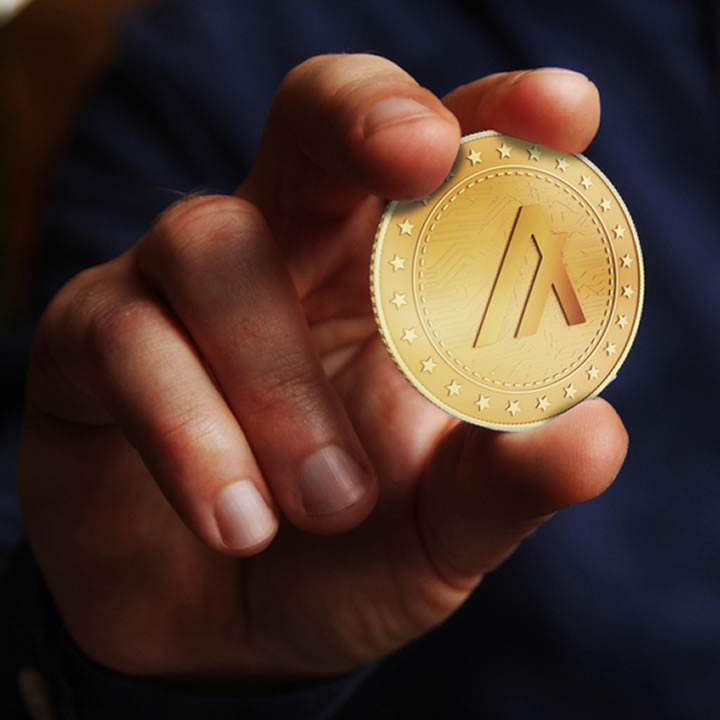It’s likely that you have come across a scam message or post in your interactions if you have looked at cryptocurrency-related content on Twitter, shared a cryptocurrency tweet, or included a Bitcoin, Ethereum, or Dogecoin link.
You might have speculated, “What’s the deal with these Twitter cryptocurrency scams?” So, if you are interested in Bitcoin trading, you may want to invest in a reliable trading platform such as Bitcode Method.
Understanding Crypto Twitter Scam
Several cryptocurrency frauds are going around on Twitter.
Although they may vary in difficulty, the most common ones are easy to execute and widespread, hoping to snag a few people each day. Given how frequently they show up in comparison to the enormous number of Twitter users, they undoubtedly have some success.
What’s the Mechanism Behind a Crypto Twitter Scam?
How precisely do con artists pull off these types of scams given how well-known they are?
After getting flooded with spam messages on Twitter, this question piqued my interest and motivated me to do further research. The full operation of the crypto giveaway scam is described in the explanation that follows.
An illicit message arrives in your Twitter inbox, hinting at a scam
First, a message appears in your inbox with the claim that you have won some cryptocurrency. To get people’s attention, scammers frequently choose popular and valuable ones like Bitcoin and Ethereum instead of less well-known alternatives.
You proceed to the exchange to use your code and claim your prize
As it was given a code in the previous screenshot, present this code to the cryptocurrency exchange that the message refers to. You need to input the code after creating an account to redeem your reward.
Complete the remaining procedures safely using a secure virtual machine, a temporary email address, and fictitious information. The compelling nature of the cryptocurrency trade helps to explain why individuals fall for these scams.
As seen in the screenshots below, after entering the Twitter referral code, about 0.51 Bitcoin appeared in my account.
You decide to withdraw your crypto
You should transfer the Bitcoin to a different Bitcoin wallet as soon as it appears in your account.
Keeping it on an exchange isn’t the safest move, after all. This cryptocurrency exchange first asks you to confirm your email address. This step isn’t necessary for the withdrawal because it’s a scam site; rather, it’s there to provide the impression of credibility.
However, using a legitimate email provides them with even another nugget of knowledge to use later. Next, you provide the information for your Bitcoin wallet, and the status switches to “Pending.”
The withdrawal has been confirmed, so all is good thus far. It becomes clear at this point that there is a problem with the trade. Genuine cryptocurrency exchanges rapidly process transactions without the requirement for administrator approval.
Beware: Deposit Bitcoin to Validate Your Withdrawal
The scam intensifies at this point.
Your pending Bitcoin withdrawal is abruptly marked as “Failed,” and they advise depositing 0.02 BTC or 0.3 ETH to repair the problem. This is supposed to validate your account so that the administrator can confirm your withdrawal (which they won’t).
Twitter fraud comes to an end if you send Bitcoin or Ethereum to this exchange since they naturally disappear. Never forget to trade cryptocurrencies on a reliable exchange.
Potential Trap: Sharing Your Personal Information
They provide an alternative within this fraudulent cryptocurrency exchange: providing your personal information for account verification.
They may request a photo of your driver’s license, passport, social security number, and other information. This sensitive information’s future is still unknown after submission, however, it is reasonable to presume that it won’t be utilized to your advantage.

